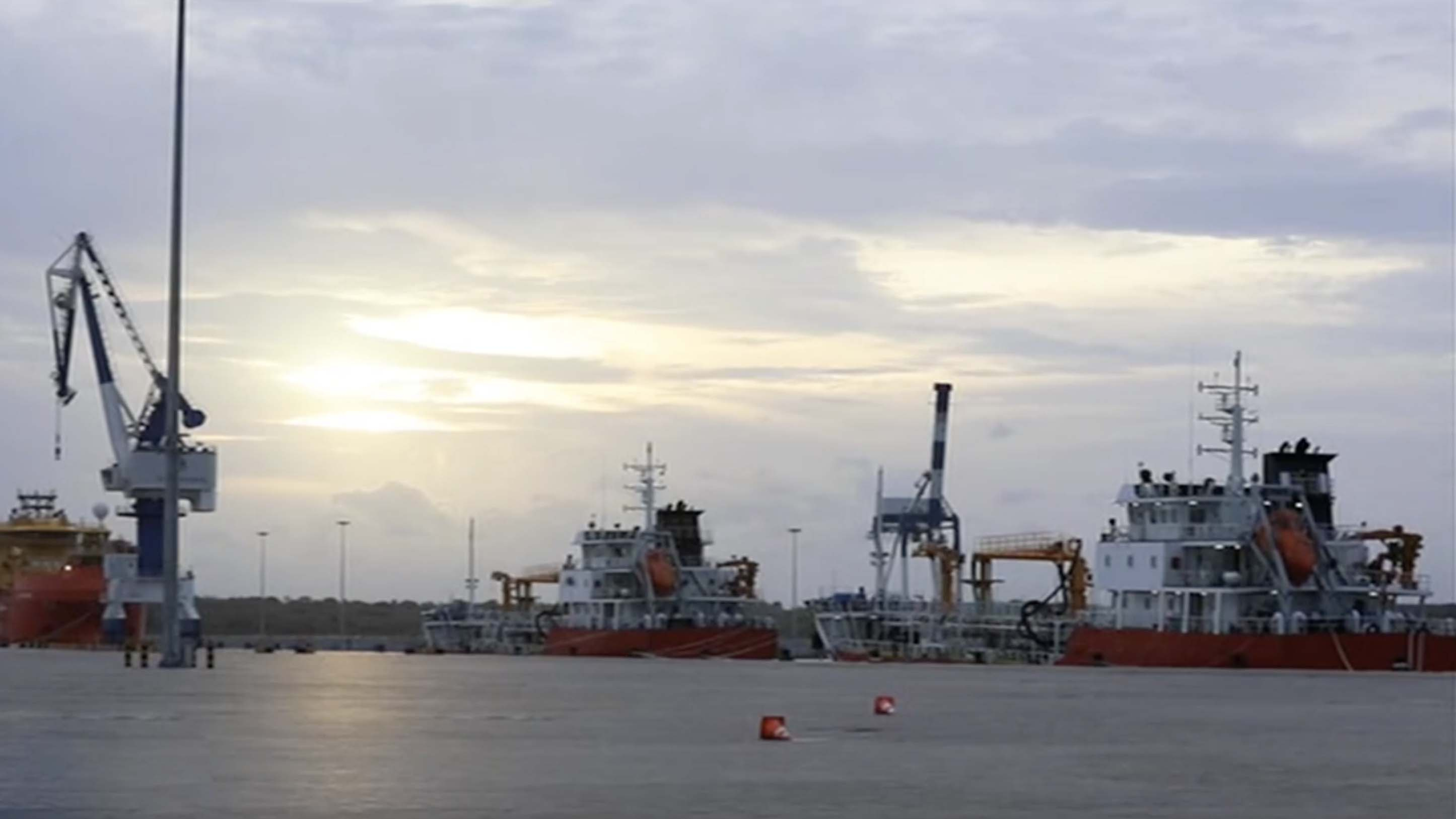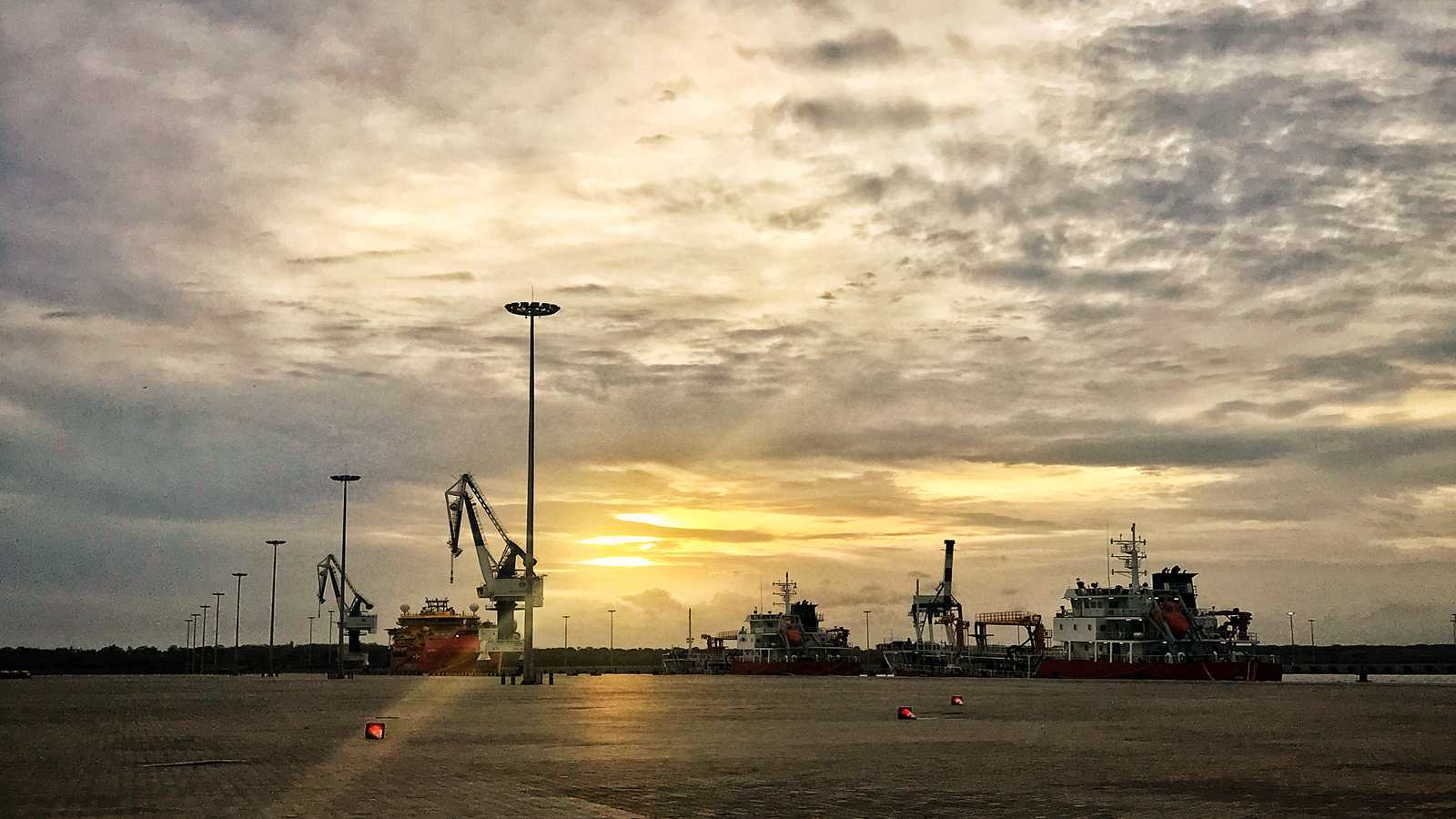
Business
10:24, 25-Aug-2018
Chinese model breathes life into Sri Lankan port
Updated
09:45, 28-Aug-2018
CGTN's Tao Yuan
02:10

The Ocean Highway sets sail for Durban in South Africa from the southern tip of Sri Lanka.
Just a few years ago, the port in the small fishing town of Hambantota sat empty and neglected, despite it being situated just 10 nautical miles away from a major shipping route between Asia and Europe.
The port cost 1.5 billion US dollars to build with money Colombo borrowed from China, which is investing tens of billions of dollars in countries around the world to build trade and infrastructure facilities as part of its Belt and Road Initiative.
When Hambantota suffered heavy losses, Sri Lanka handed over a majority stake of the port to a Chinese state-controlled company in a dept/equity swap. Under the deal, signed in July 2017, China Merchants Port Holdings (CMPorts) will run the port on a 99-year lease in a joint venture with the Sri Lankan government.

Port of Hambantota in southern Sri Lanka. /CGTN Photo
Port of Hambantota in southern Sri Lanka. /CGTN Photo
"You have one of the world’s most experienced companies running the port," said Dr. Parakrama Dissanayake, chairman of Sri Lanka Ports Authority.
In the first half of 2018, the Port of Hambantota attracted 142 ships to berth at its docks, more than the number of vessels in the whole of last year.
"Sri Lanka has a very weak industrial basis, so there’s little internal demand," said Feng Ming, deputy general manager of operations at Hambantota International Port Group (HIPG), admitting the challenge. "We are developing this port very slowly."
Feng explained the model HIPG is adopting to develop Hambantota – the "port-park-city" model, where an industrial park and a city come in after the initial development of a port. The model has catapulted China’s backward fishing village Shekou into a modern city.
Ravi Jayawickreme, chief security officer of HIGP and CEO of Hambantota International Port Services, another venture, surveys the land which he hopes one day will be home to skyscrapers.
"This area is one of the poorest per capita-wise in this country," he noted. "So a port like this coming up here is going to be a big boost for the people to lift their living standards."
The port is already creating local jobs. Out of the nearly 700 workers at the facility, only 25 are Chinese. Jayawickreme said it won’t stop here.
"We estimate there are about 300 ships passing by this shipping lane per day," he said, "so even if a fraction of the ships come to the port of Hambantota for any type of service, then we have the replenishment of stores for the ship's foodstuffs, freshwater, repairs… and those are the immediate impacts on the people in this area."

SITEMAP
Copyright © 2018 CGTN. Beijing ICP prepared NO.16065310-3
Copyright © 2018 CGTN. Beijing ICP prepared NO.16065310-3